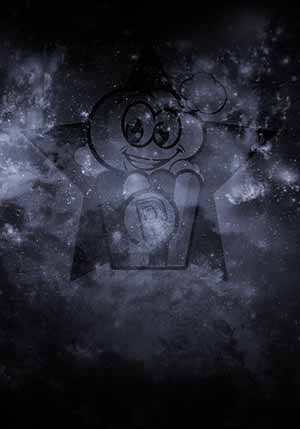Danielle Licari
¿Quién es Danielle Licari?
In 1964, she dubbed the singing in the movie The Umbrellas of Cherbourg for the role of Geneviève Emery, played by Catherine Deneuve.
From 1965 to 1967 she sang in the vocal trio Les Fizz with Jackie Castan and Nadine Doukhan, two other ex-Djinns Singers. Backed by Jacques Denjean's orchestra, the band released three EP.
In 1968, she recorded "Treize jours en France", composed by Francis Lai; she also recorded a second version of "Love Story" dedicated to her by the same composer.
In 1969, she recorded her greatest hit, "Concerto pour une Voix". The album has sold over 15 million copies.
In 1972, she submitted her song "Au cœur d'une chanson" to compete in the Eurovision contest representing France. The French committee selected Betty Mars and her song "Come-Comedie" instead.
In 1972, she represented France in the "World Popular Song Festival" held in Tokyo, Japan. Her song "Une Vie" was a finalist.
In 1973, she participated as a vocalist to an album considered as a masterpiece of French chanson: the symphonic, dark and epic Il n'y a plus rien (There is nothing anymore) by singer-songwriter Léo Ferré.
In July 1978, she sang with the Quebec Symphony Orchestra and the choir of St-Dominique Church. The piece chosen was a musical drama called Concerto pour Helene, in honour of Helene Boule, the wife of the founder of Quebec City, as part of the city's 370th anniversary celebrations. The work was composed by Claude Léveillée.
In 1982, she voiced Princess Aurora in the French dub of Sleeping Beauty.
Wyclef Jean sampled "Concerto Pour Une Voix" in his 1997 song "Apocalypse."
She has sold over 20 million copies of her albums during her career. Her songs are found in easy listening CD compilations worldwide.
Her characteristic singing style lacked lyrics, communicating emotions through sounds, the way a violin would. This may have fueled her popularity in non-French speaking countries like Germany, Spain, Mexico, Brazil, Japan and Korea. She used her voice like a musical instrument giving a soft, unique dream-like tone. She has been called la voz de la sirena ("the voice of a Siren"). Most of her recordings are arrangements of classical themes composed originally for instruments rather than voice, while the arrangements consist generally of large orchestral ensembles mixed with a pop-rock band instrumentation. She incorporated pop-rock elements that made her music appealing. Her singing style influenced Japanese Anime soundtracks of the 1980s such as Seiji Yokoyama (Saint Seiya).
Source: Article "Danielle Licari" from Wikipedia in English, licensed under CC-BY-SA 3.0.
Trabajos destacados
Géneros más habituales en las películas de Danielle Licari
Géneros más habituales en las series de Danielle Licari
Compañeros de trabajo recientes de Danielle Licari
Las imágenes y retratos de actores y actrices mostrados en este sitio web son obtenidos de la base de datos pública de The Movie Database (TMDb), utilizada bajo los términos y condiciones de dicha plataforma. En caso de que alguna imagen o fotografía sea incorrecta, ofensiva, o pueda infringir derechos de imagen o copyright, puede ser editada o eliminada directamente en TMDb. Esto provocará su eliminación automática en este sitio web. Adicionalmente, si usted desea solicitar la eliminación de una imagen directamente en nuestro sitio web, puede utilizar el formulario de contacto ubicado al pie de la página. Atenderemos su solicitud de manera expedita y tomaremos las medidas necesarias para garantizar el cumplimiento de los derechos aplicables.
The images and portraits of actors and actresses displayed on this website are sourced from the public database The Movie Database (TMDb), used in accordance with its terms and conditions. If any image or photograph is incorrect, offensive, or may infringe image rights or copyright, it can be edited or removed directly on TMDb. This will automatically result in its removal from this website. Additionally, if you wish to request the removal of an image directly from our website, you may use the contact form located at the bottom of the page. We will promptly address your request and take the necessary measures to ensure compliance with applicable rights.




